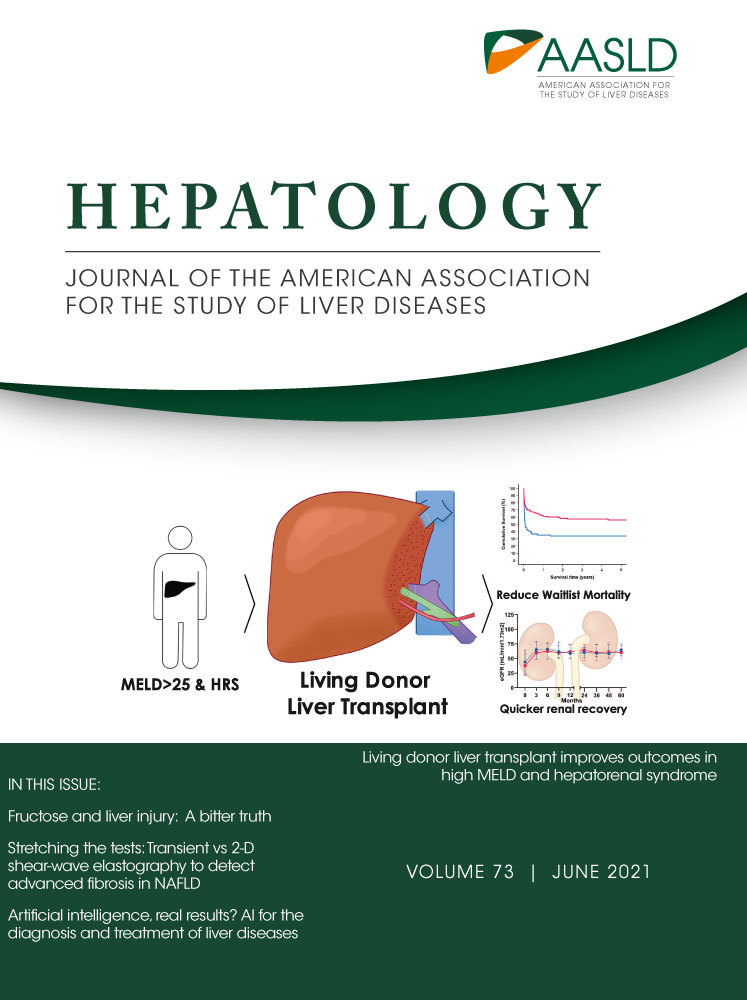Letter to the Editor: Using Circulating Biomarkers to Stage HCC: Pitfalls and Limitations
TO THE EDITOR:
We read with interest the paper by Dr. Morris et al.(1) It is an elegant study that takes a look into the feasibility of using a new set of biomarkers, the HepatoScore-14, to stratify the prognosis of patients with HCC. However, some methodological shortcomings and data interpretation may warrant the authors’ attention.
A major conclusion of this study is that the HepatoScore-14 may augment existing staging systems and refine patient prognostic assessment. It should be noted that, until now, at least 10 staging systems have been proposed for HCC.(2) Therefore, to confirm their hypothesis, the authors first need to analyze and compare the predictive accuracy of the currently used staging systems for HCC, specifically for the study patients. The predictive accuracy for HepatoScore-14, usually expressed by the C-index, was only 0.7 (95% CI: 0.67-0.72).(1) After combining with the current systems, including Barcelona Clinic Liver Cancer (BCLC), Child-Turcotte-Pugh, Cancer of the Liver Italian Program and clinical parameters, the C-index slightly increased to a range of 0.70-0.73, which is not considered very efficient.(3) Based on these data, it should not be interpretated that the HepatoScore-14 significantly augments the prognostic accuracy of the current systems.
Multiple staging systems for HCC have been proposed and generally claimed to have better prognostic performance. The lack of consensus may result from the highly heterogeneous nature of tumor biology and variable treatment strategies at initial staging. In Dr. Morris’s cohort, most (n = 550) patients were at an intermediate stage (BCLC stage C) and could not be treated by the curative methods. This feature makes the prognostic prediction more complicated, as many patients could receive less aggressive or palliative therapy. Furthermore, a confusing point is found in Table 1, as the total number of patients was not 766 after adding up the numbers in the different subgroups (e.g., BCLC stage).
In summary, we agree that using a combined set of biomarkers could be a useful approach. However, the clinical significance of integrating this new biomarker into the staging systems is questionable in terms of prognostic performance. More comprehensive evaluation for the existing staging systems should be performed to determine whether this new model is indeed a more feasible one in cancer staging.
Author Contributions
T-I.H. was responsible for the funding acquisition. T-I.H. and P-H.L. were responsible for the research. C-Y.H. was responsible for the study design. All authors approved the final version of the manuscript.




